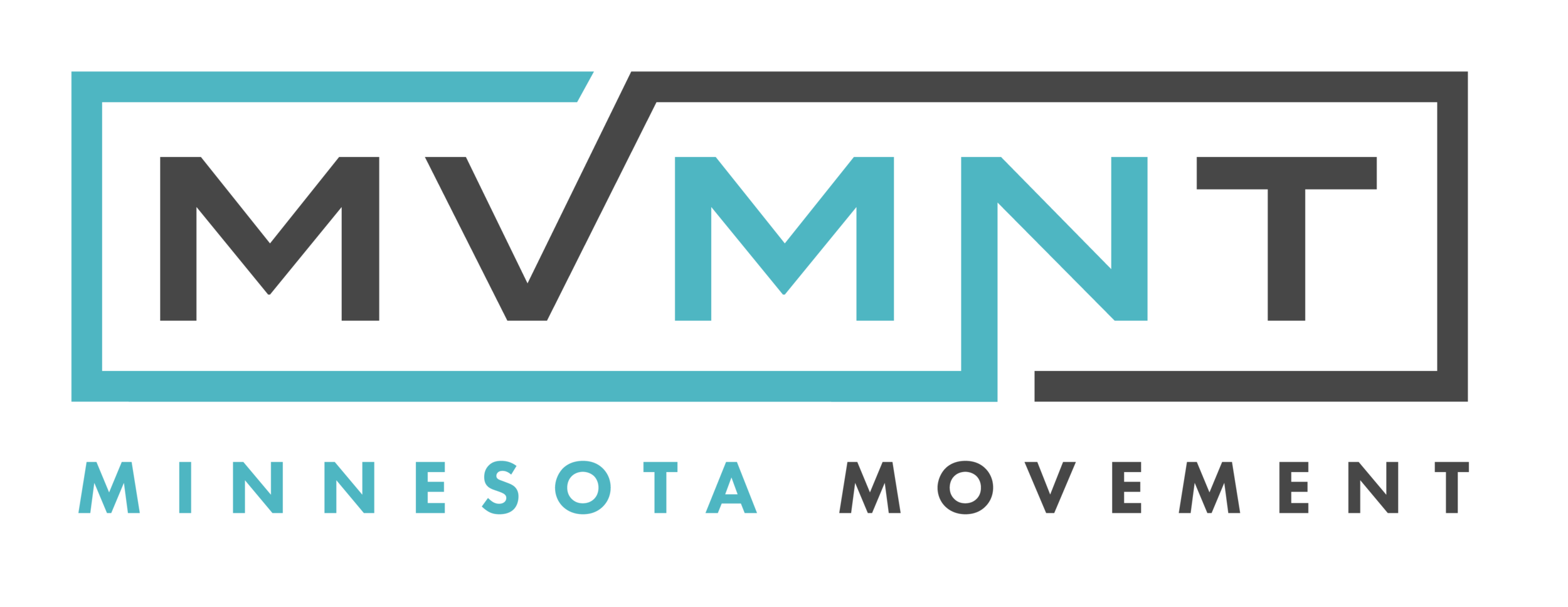Expectations of Pain / An utterly confusing relationship.
A good friend of mine just shared with me what he calls his “Moving Thoughts” and hit a lot of really good points on discussing our confusing, unavoidable, and annoying relationships with pain. I thought it was brilliantly written so I wanted to pass along my interpretation of it here as well. Because, although he is a Physical Therapist and I am a Chiropractor, we both work within the realm of helping individuals not only get out of pain but avoid it by increasing their performance capacity as well. It’s been through these experiences of helping people that I’ve been able to gain the importance of these values and lessons which are worth sharing and elaborating on for you!
When it comes to Chiropractic Care, Physical Therapy, One-on-One Personal Training, Massage Therapy, etc - it appears there is more expected of us as clinicians, and you as patients. As clinicians we are encouraged to understand and be able to provide guidance and evidence based treatment for not only what may be affecting your movements and pain, but your thoughts, perceptions, relationships and environments as well.
As patients not only are you expected to do "exercises" you are also expected to allot time for walks in nature, meditate, journal, sleep 8-9 hours, eat 10 servings of vegetables - oh and still show up for work on time after getting kids ready for school...before picking them up and making sure their homework is done, they aren't getting too much screen time, dinner is something everyone can enjoy and that they actually shower before bed (I am at the stage of parenting where the last one is a hefty negotiation).
AKA: I get it. Life is chaotic and unrelenting
So it is probably helpful to understand some key concepts to convey and understand as both clinicians AND patients so that we can at least remain on the same page regarding pain. If you find yourself trying to teach people about pain, or you yourself find yourself trying to understand more about your own experience here are some helpful ideas to keep in mind:
Pain protects us and promotes healing!
Yes, this is correct. Pain is one of the greatest reasons we have been able to survive, and thrive, on the planet. When we are first injured pain changes our behavior, allows us to promote rest and recovery and signals to others that we may need help! It is just as much a part of our personal existence as it is our social existence. We learn from pain. If I keep stubbing my toe on the nightstand when getting out of bed, I learn to get out on the other side of the bed - or just move the darn nightstand!
When pain is operating on all cylinders, and we recover appropriately it should also serve as a signal to ourselves and others that we are able to resume activities and our regular lifestyle. “Hey, thanks pain! You’re the bomb!”
Persistent/Chronic pain overprotects and prevents healing!
But what about #1? Here is the key thing to understand about acute pain. It usually serves a purpose. An important one. Persistent/chronic pain, well, doesn't seem to have one. It is the fire smoke detector that goes off while we are cooking. Not only is it annoying, but it does not warn us about an actual danger. Yet it can still have detrimental impacts to our behavior. It can also impact our interactions with others. Imagine your kids pleading you for something as the smoke detector is beeping. (I know how my response would be...) This bleeds into a vicious cycle of pain that is biological/physical but also emotional and social too.
Many factors influence pain!
This is a GOOD thing. If you have been told your pain is because of your posture, how little you sleep, how often you work out, the type of workout you do, your core, your glutes, your flat foot, your diet, your breathing, your kids, your spouse, your job...
Well if you go to change any of those things and it does not have an impact on your pain, all we did was find out that we need to get to another alternative that might be the change necessary. Key message, do not give up. You have likely not tried EVERYTHING.
There are many ways to reduce pain and promote recovery!
This is a REALLY GOOD thing. As mentioned above in #3, there are many factors to look into when it comes to your specific pain experience. Which means that this is entirely different than someone else’s experience - even if their symptoms are the exact same.
While each provider and client might have preferences, it is important to know that if and when something does not "work" there are other options! My ‘starting point’ bias is movement and promoting social relationships. Get moving, stay moving, and try to move with others of whom inspire you. When that does not bring us to the outcomes we want then we can explore ideas such as stress management, breathing/meditation, sleep, acceptance, or fancy massage guns.
While there are more, let's leave it at that for now. Will these ideas be easy to implement or understand for everyone? Of course not. So if you have questions, or want to learn more, schedule an appointment or drop us a line and we would be happy to discuss these ideas (and more!) with you!

